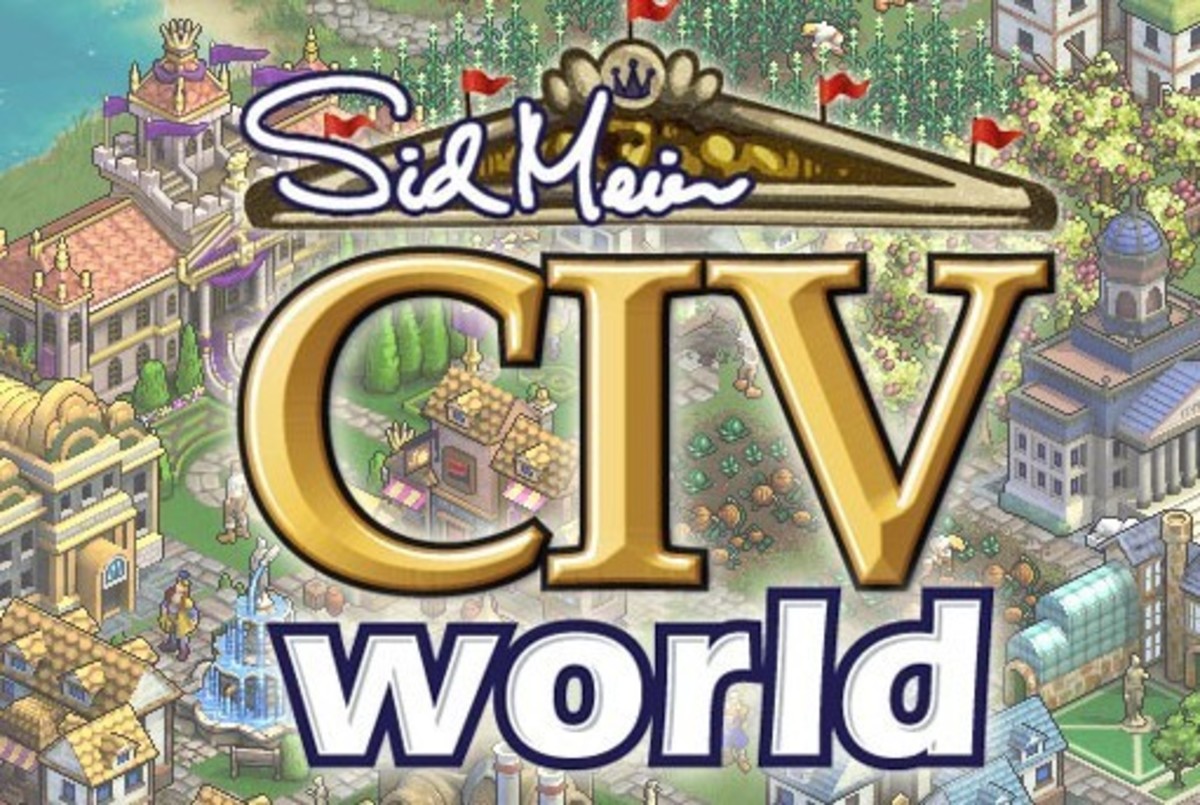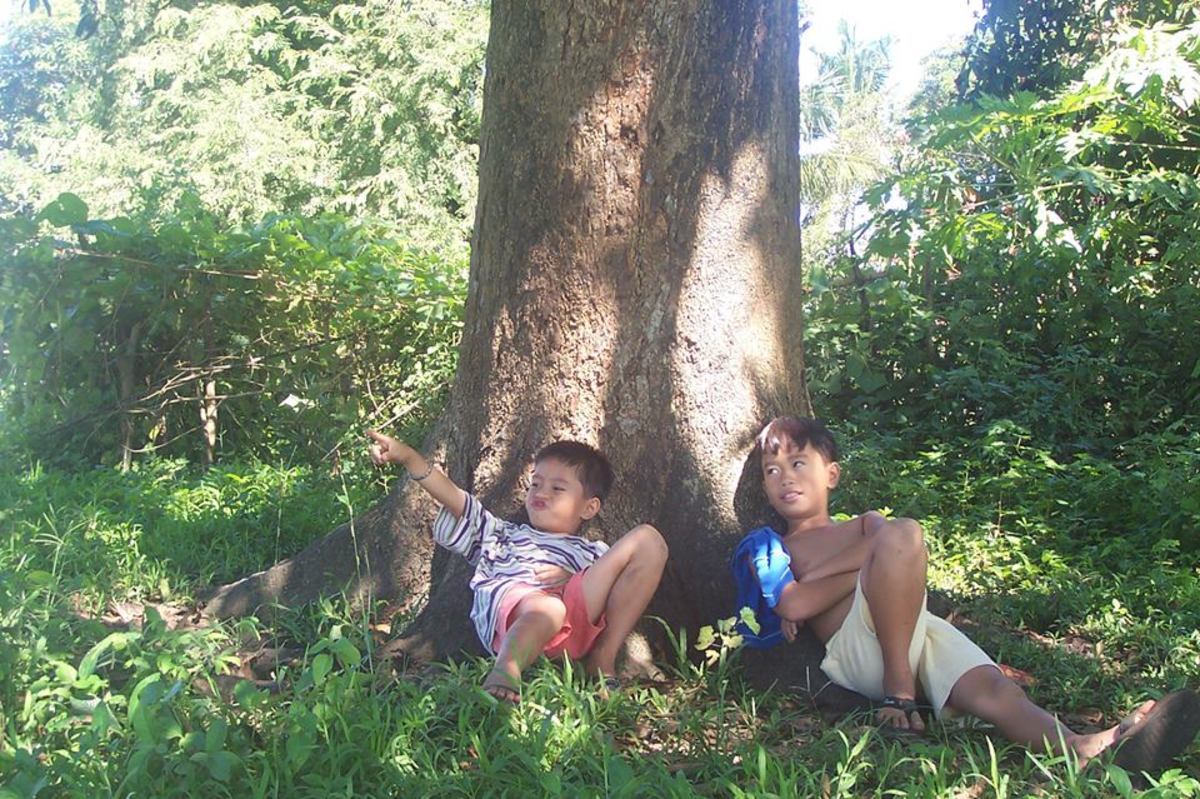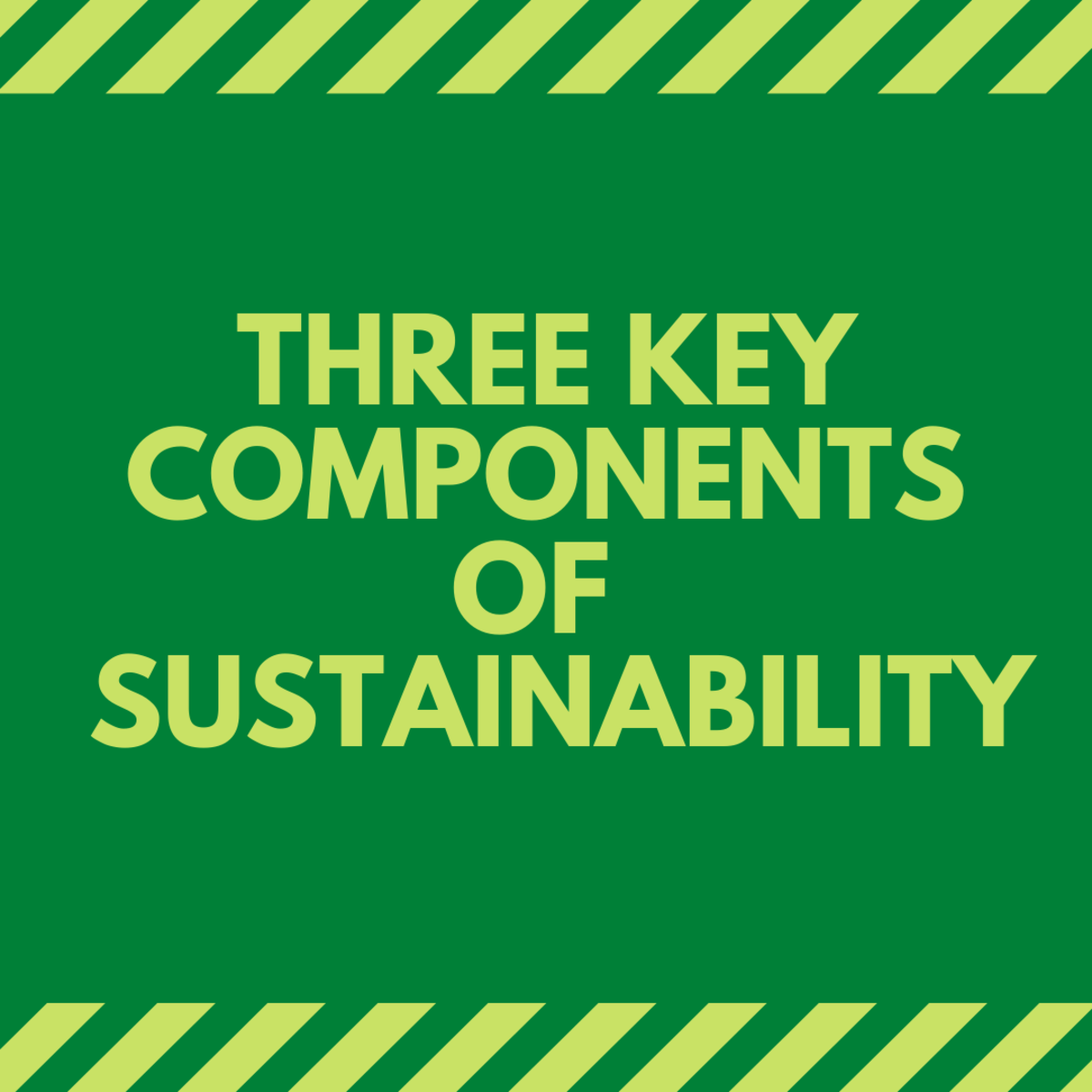"Sustainable Development" is Oxymoronic
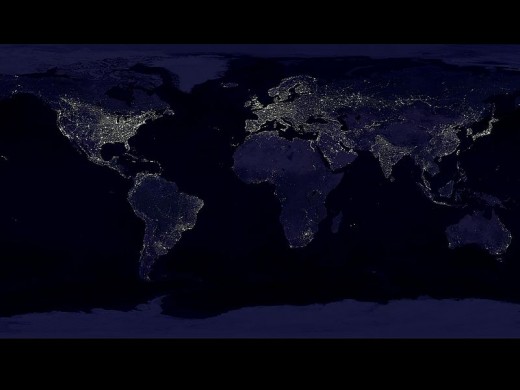
Development is a systemic trajectory of change whereby energy resources become progressively marshaled, by way of growth and differentiation, toward the realization of a specific end. Thus, whether we are speaking of economic development, ecological development, organismal development, or meteorological development, we are referring to the same general pattern of change: a trajectory wherein a relatively indeterminate situation, milieu or primordium is transformed into a highly specified system of energy-consuming processes whose very existence depends on said consumption. In the limit, development produces what amounts to a fully determined machine that specializes in (is specifically ‘designed’ for) carrying out some form of work that dissipates an available resource.
In other words, development is that which gives rise to dependency. Mechanisms emerge developmentally, as do habits and addictions.
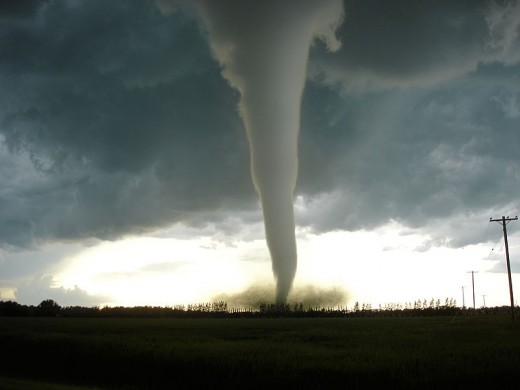
Implicit then in the concept of development is an end, or telos—the Greek word that is the root of the term ‘teleology’. Since development is (by definition) a trajectory of systemic change toward a defined end, it implies the Aristotelian concept of final cause: the need-fulfilling goal or purpose toward which any given action is directed. Developmental actions are inherently teleological. This does not in any way imply that they are conscious or intelligent. A tornado develops to a defined end without consciousness or intelligence. It is nevertheless 'well-designed' to do what it does, which is to dissipate a thermal energy gradient. The ‘goal’ of the tornado is to carry out the dissipative mandate of the second law of thermodynamics.
A number of natural philosophers have thus proposed that the final cause of any natural phenomenon is the second law: systems develop in order to dissipate free energy. That is why life developed on earth, and why an organism, through ontogeny, develops specific anatomical and physiological features that are 'well-designed' to degrade a specific energy resource—whether it be provided by the sun (degraded by plants) or stored in another organism (degraded by animals, fungi, and heterotrophic micro-organisms). The goal of the trophic web of life is to dissipate whatever chemical energy is available to be dissipated. It is no accident then that on earth, life is found wherever there is an energy-rich resource.
Nor is it an accident that human beings are working toward the same ultimate goal, by developing technologies directed toward the dissipation of the resources present in fossil fuels and nuclear materials. Arguably, this end is the final cause for the development of any technological civilization.

Development and Evolution
Although "development" and "evolution" are often used interchangeably, it is useful to distinguish between them. Following Stan Salthe, I define development as the predictable maturation of a system owing to growth in the face of limited resources, whereas evolution is unpredictable change engendered by random chance, subject to natural selection. Development establishes the context for natural selection, and hence for evolution. But while development implies a defined end, evolution does not. Development of a system typically progresses through canonical stages of immaturity, maturity, and senescence. As I see it, the reason evolutionary change often occurs in fits and starts--"punctuated equilibria"--is that the opportunities for creative change are maximized in immature systems that are nested within senescent systems, which provide sustenance on the one hand, but little resistance to growth of the immature system on the other. It appears to me that civilization is currently entering senescence, so opportunities for evolutionary change abound. But what that will amount to and where it will lead is difficult if not impossible to predict.
Because development is a one-way trajectory of systemic change toward a defined end, there is no such thing as “sustainable development”: the phrase is oxymoronic. “Sustainable development” is no more realistic than the “perpetual motion machine” sought by engineers in the early nineteenth century, before Sadi Carnot discovered that (what later became known as) the second law of thermodynamics makes such a thing quite impossible. The second law is the reason that the arrow of time is unidirectional, and the reason that development becomes increasingly (and competitively) selective for a subset of systemic processes, producing a trajectory of increasing determinacy (and dependency) that increases the efficiency of the task toward which those processes are directed, and the efficacy of their energy dissipation. Development must come to an end however, because once a system has achieved the maximum efficiency possible for a given form of work, all available degrees of freedom for further development of that particular system have been sacrificed. At that point the only choices that the system has for changing its modus operandi (while still remaining intact) are de-development, i.e., transformation to a less mature (i.e., more indeterminate) configuration, or the launching of a completely new developmental trajectory that is directed toward dissipating a different resource. Such a trajectory must by necessity begin in a state of relative indeterminacy. If successfully launched, it will create a new system (resultng in evolutionary change).
Although development is not itself sustainable, the end that it constructs can be sustained indefinitely if (and only if) the resource that is being dissipated is not limited. Thus, a forest will develop to a mature steady-state ‘climax’ that is sustained by the essentially limitless energy of the sun. This stage represents the culmination of development however—the climax forest cannot develop further. It is fully determined, and will only change into something different if it is perturbed so as to revert to a less mature state (e.g. by a forest fire).
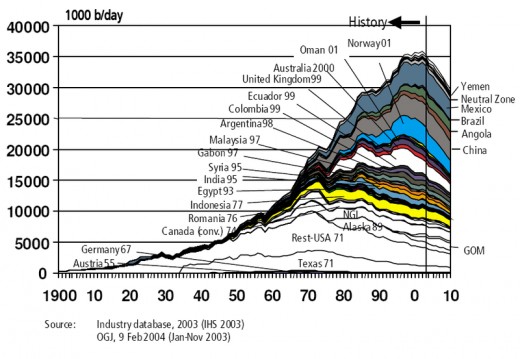
Arrested Development
Although development is not sustainable, it can be suspended by balancing growth with attrition. This occurs in some animals (e.g. Hydra), or in some of our tissues (e.g. skin, intestine, blood), in which growth continues indefinitely (via cell proliferation) but is balanced by cell death. So one way to keep growing in the face of limited albeit renewable resources is to discard "the old" in order to make room for "the new". Of course, space itself is a resource, as is the ecological network in which a system exists. So it behooves the system to recycle that which is discarded, and to keep whatever waste is created as non-toxic as possible.
But when resources are limited—as they are for example when a tornado develops to dissipate thermal gradients, or when a civilization develops to dissipate fossil fuels—then the system that develops by virtue of those resources cannot be sustained. Depletion of the sustaining resource leaves only two alternatives: catastrophic collapse (death) of the system, or its de-development, via de-growth and/or de-differentiation, to a configuration that can be sustained by whatever resources remain. Either way, at least part of the system will be sacrificed. With de-development, the parts that are most specialized (i.e. most dependent on a specific resource) are the ones that “get the axe”.
This is a reality that many (perhaps most) of us appear not to have yet come to grips with. Development is inherently unsustainable. And when the final cause of development is the dissipation of a limited resource, the system that develops must eventually come to an end.
So, to avoid catastrophic collapse, human civilization has the following options:
(1) It can discover and then develop a new energy resource compatible with (i.e., with enough free energy to support) the extensive system of dependencies that have already developed. Some possibilities that have been touted include hydrogen, bio-fuels (e.g. produced by genetically engineered algae), and thorium-based nuclear power. None of these has yet been developed to a high enough level of certainty to know whether they are at all realistic, and what their costs (in terms of human and ecological health etc.) might eventually be.
(2) It can de-grow, by way of decreased human reproduction and/or increased mortality, to a level that can be supported by available renewable resources (solar, hydro, wind, etc.), which by themselves are insufficient to support civilization at its current size and level of complexity. The path of decreased reproduction (which is already happening in many “developed” countries) would involve significantly less suffering than the path of increased mortality. Nevertheless, demographic trends indicate that increased mortality is inevitable within the coming decades.
Although option (1) would appear to be the most desirable, it is by no means assured, so working toward that option to the exclusion of option (2) increases the risk of catastrophic collapse. Unfortunately, economic de-growth is a path that very few economists are willing to even consider as an intentional strategy, and its pre-requisite, population reduction through birth-control, is actively opposed by many human cultures. So we are largely left with (1), and can only hope that science and technology will hit the jackpot, and come up with a new resource to develop to a rate of throughput that suffices to support our current rate of consumption. It’s a gamble and race against time, and every year that goes by without launching a new developmental trajectory, based on an as-yet untapped resource, brings us closer to catastrophic collapse.
Tick tock.....
What do you think will happen?
Further Reading
My book with Don Mikulecky, Global Insanity (2012, Emergent Publications), explores this topic in greater depth.


